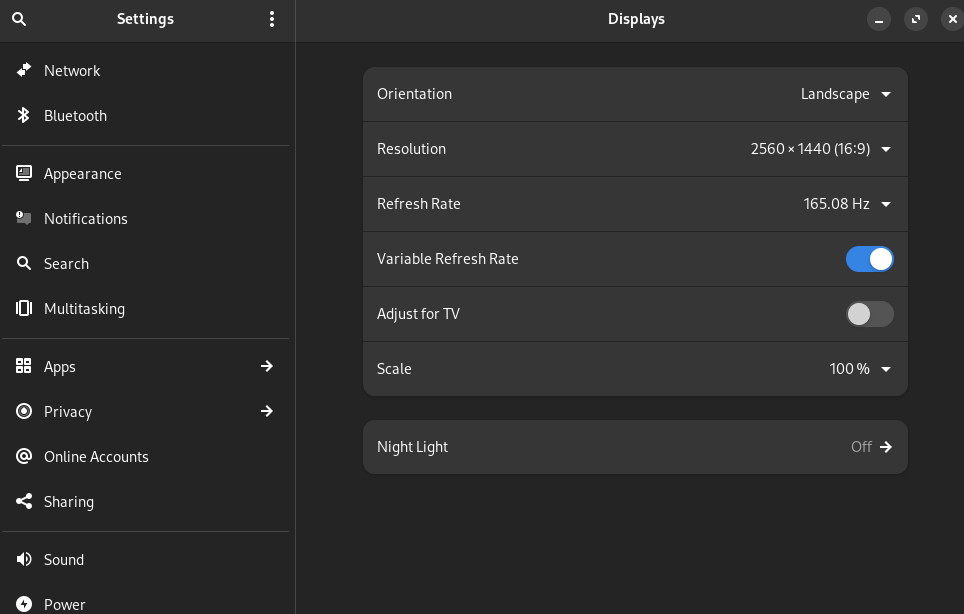Thanks for the tip—I did not know that. I'll give it some more time and practice w/ quicker swipes. I'm on the Pixel 7a.
yo_scottie_oh
Got it, thank you so much!
Thanks, I'll take a look at Revanced. The top two search results on DDG are revanced.net and revanced.to. The third and fourth results are two different githubs with "revanced" in the name. Is there a tried and true community approved way to get it?
I had not considered that. Thanks for the tip.
The GrapheneOS installation process is exceptionally easy to follow. It's much faster and easier than the old Cyanogenmod days.
That is comforting to hear.
As for whether or not I can flash a custom ROM, if the boot loader is locked, then I’m SOL, right? (hence your original comment)
I wanna run GrapheneOS, so thanks for the heads up.
Based on reviews, the listing in my OP looks like a mixed bag—some reviewers complaining that the boot loader is locked (hence they cannot flash a custom ROM onto it), others complaining that it’s unlocked (hence a security risk)—so if I get this phone, I guess it’s up to chance whether the bootloader is locked or not. 🤞🏻
I see. Thanks for clarifying.
Gotcha, and then is the protocol to just sell it back at the end of the trip?
Gotcha, so would you say this comes down to buying from a reputable store (e.g. Best Buy)?
Care to expand on how you’ve shaped your career for this to be an advantage?
Would you care to expand on this? So far, my fediversal journey has revolved around Lemmy, and I’ve recently been thinking I could probably augment this w/ Mastodon, but what do you mean when you say Mastodon is stripped down?



Can’t wait for some people to cite increased voter turnout as evidence of fraud!